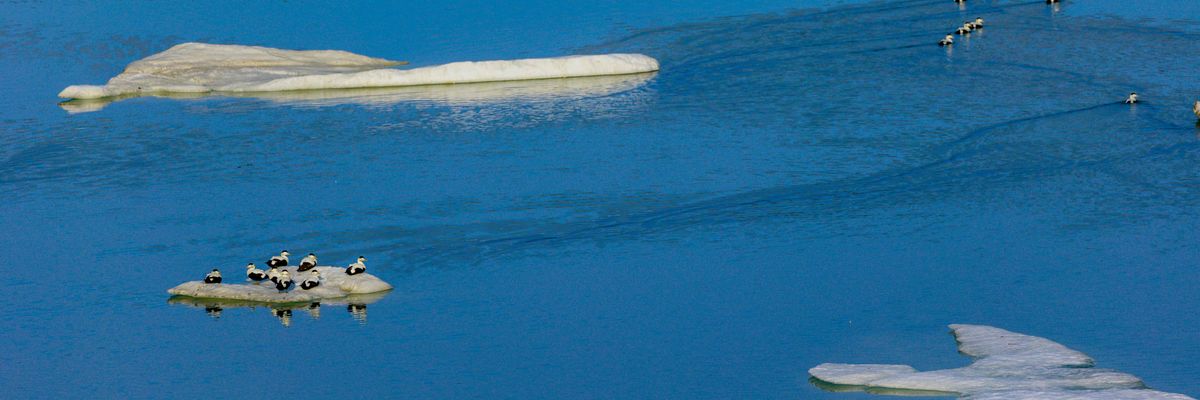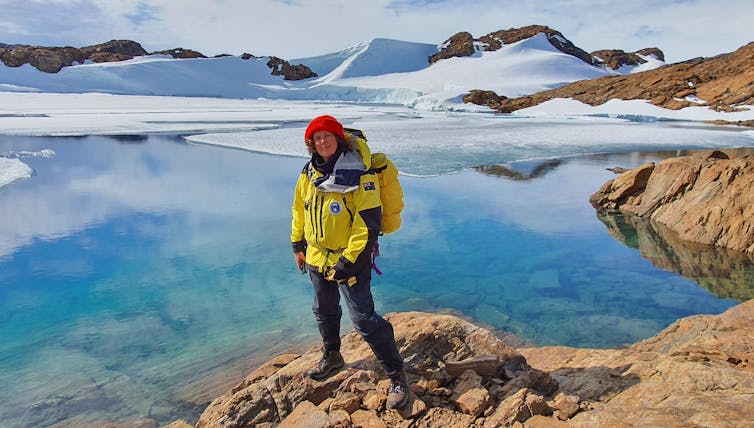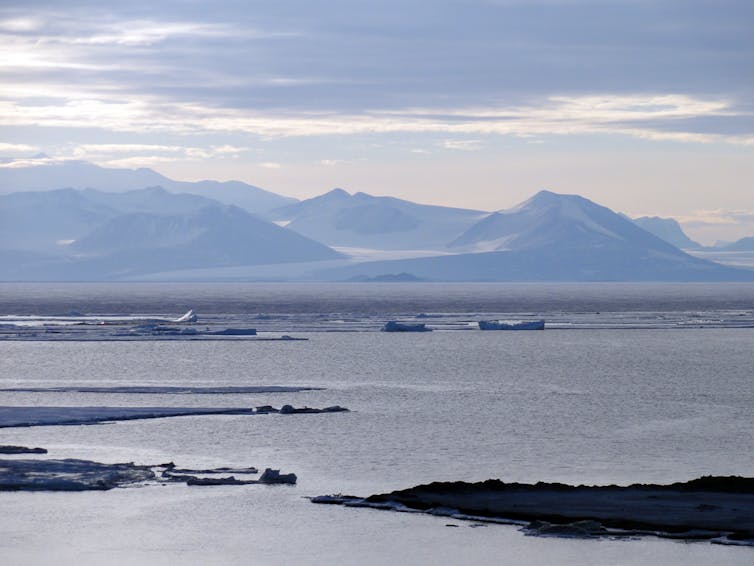‘Frightening’: Greenland Losing 33 Million Tons of Ice Per Hour Due to Climate Crisis
Original article by JULIA CONLEY republished from Common Dreams under Creative Commons (CC BY-NC-ND 3.0).

A new study finds the island’s ice sheet is retreating 20% more than previously thought.
New research on the rate at which Greenland’s glaciers are melting shed new light on how the climate emergency is rapidly raising the chance that crucial ocean current systems could soon collapse, as scientists revealed Wednesday that the vast island has lost about 20% more ice than previously understood.
Scientists at the National Aeronautics and Space Agency (NASA) Jet Propulsion Laboratory led the study, published in Nature, which showed that Greenland’s ice cap is losing an average of 33 million tons of ice per hour, including from glaciers that are already below sea level.
The researchers analyzed satellite photos showing the end positions of Greenland’s glaciers every month from 1985 to 2022, examining a total of about 235,000 end positions.
Over the 38-year period, Greenland lost about 1,930 square miles of ice—equivalent to one trillion metric tons and roughly the size of Delaware.
An earlier study had estimated that 221 billion metric tons had been lost since 2003, but the researchers added another 43 billion metric tons to that assessment.
Previous research had not quantified the level of ice melt and breakage from the ends of glaciers around the perimeter of Greenland.
“Almost every glacier in Greenland is retreating. And that story is true no matter where you look,” Chad Greene, a glaciologist at the NASA Jet Propulsion Laboratory who led study, told The New York Times. “This retreat is happening everywhere and all at once.”
Because the glaciers examined in the study are already below sea level, their lost ice would have been replaced by sea water and would not have contributed to sea-level rise.
But as Greene told The Guardian, “It almost certainly has an indirect effect, by allowing glaciers to speed up.”
“These narrow fjords are the bottleneck, so if you start carving away at the edges of the ice, it’s like removing the plug in the drain,” he said.
The previously unaccounted-for ice melt is also an additional source of freshwater that pours into the North Atlantic Ocean, which scientists warn places the Atlantic Meridional Overturning Circulation (AMOC) at risk of collapse.
AMOC carries warm water from the tropics into the North Atlantic, allowing nutrients to rise from the bottom of the ocean and supporting phytoplankton production and the basis of the global food chain.
A collapse of the system would also disrupt weather patterns across the globe, likely leading to drier conditions and threatening food security in Asia, South America, and Africa, and increasing extreme weather events in other parts of the world.
One analysis found the collapse could take place as soon as 2025.
Charlie Angus, a member of the Canadian Parliament representing the New Democratic Party, noted that the study was released as Canada’s government continues to support fossil fuel production and what experts call false solutions to the planetary heating crisis—including a $12 billion carbon capture and storage project led by tar sands oil companies.
The Environmental Voter Project in the U.S. urged Americans to consider the latest statistics on melting glaciers when choosing the candidates and political parties they will support in 2024.
“Greenland is losing 30 million tons of ice an hour,” said the group. “So vote like it.”
Original article by JULIA CONLEY republished from Common Dreams under Creative Commons (CC BY-NC-ND 3.0).
- ‘Bad News’: Unexpected Melting Of Greenland Glacier Could Double Sea-Level Rise Projections ›
- ‘We Are Watching The Ice Sheet Hit A Tipping Point’: Greenland Melting Even Faster Than Feared ›
- Greenland’s Ice Wasn’t Supposed To Melt Like Last Week Until 2070 ›
- Long-Lost Greenland Ice Core Suggests Potential For Disastrous Sea … ›
- Scientists Drilled Through 500 Metres Of Greenland’s Ice — Here’s … ›
- Guest Post: How The Greenland Ice Sheet Fared In 2023 – Carbon Brief ›



